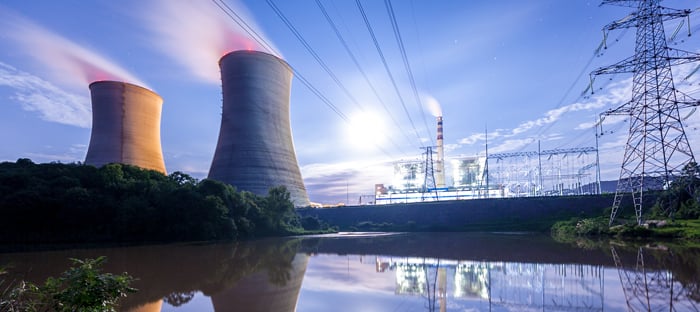Power your home
Enjoy price security with Safe Harbor fixed price energy plans

Power your business

Loading component...
Loading component...
Energy Resources

When spring gives way to the dog days of summer, homeowners often wonder how they can keep their energy bill from getting out of control. With youngsters on summer break and college students renesting between semesters, energy usage increases – more loads of laundry, dishwasher cycles, lights on, electronics used, and so forth.
Even homeowners without kids may find their summer energy bill on the rise. Longer days and warm weekends encourage summer parties and weekend visits from friends and family.
How can you keep your bill grounded? The answer, thankfully, isn’t to turn off the air conditioning and contend with a hot, humid house. There are plenty of ways homeowners can keep summer energy costs down and electricity bills in check.
Here are our favorite strategies:
Another way homeowners can control unpredictable changes in energy costs is to compare electricity rates with other energy suppliers. By switching from a variable rate to a fixed electric rate, you can protect your budget from fluctuating energy costs and today’s volatile energy market.